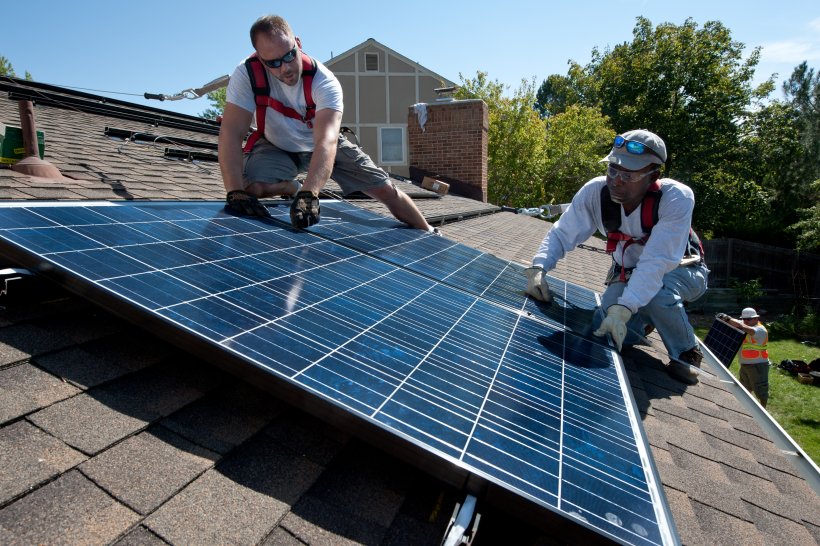7 Steps to Solar Success

Going solar is a fantastic decision for homeowners looking to reduce their carbon footprint, save money on energy bills, and increase the value of their property. However, the process of transitioning to solar power may seem daunting at first. Fear not, as we’ve broken down the journey into seven simple and manageable steps. In this blog, we’ll guide you through the process of going solar, from signing your solar contract to the exciting moment when your system is activated and you start harnessing the power of the sun.
Step 1: Sign Your Solar Contract
The first step on your solar journey is signing a solar contract with a reputable solar provider. This agreement outlines the terms, costs, and expected savings of your solar installation. Take your time to review and understand this document, as it’s the foundation of your solar project. Once you’re satisfied, sign the contract, and the process will begin.
Step 2: Home Site Audit
After signing the contract, a professional from the solar company will visit your home to perform a site audit. During this audit, they will evaluate your property’s solar potential, considering factors such as your roof’s orientation, shading, and structural integrity. This audit ensures that your system will be designed and installed for optimal performance.
Step 3: Design Review
Once the site audit is complete, your solar provider will create a custom solar system design for your home. This design will include details on the number and placement of solar panels and other components. It’s essential to review and approve this design to ensure that it meets your energy needs and aesthetic preferences.
Step 4: Permits Filed
To comply with local regulations, your solar provider will take care of obtaining the necessary permits for your installation. This step ensures that your solar system is installed safely and in compliance with building codes and zoning laws.
Step 5: Installation
With permits in hand, it’s time to move on to the exciting phase of solar installation. Trained professionals will set up your solar panels, inverters, and any other required equipment. The duration of the installation can vary depending on the size and complexity of the system, but in most cases, it takes a few days to a few weeks.
Step 6: Inspection
After the installation is complete, your local building department or a certified inspector will visit your property to inspect the solar system. This step ensures that the installation meets all safety and code requirements. Once your system passes inspection, you’re one step closer to enjoying the benefits of solar power.
Step 7: System Activation
The final step in going solar is the activation of your system. After receiving the green light from the inspector, your solar provider will connect your system to the grid. Once connected, you can start producing clean and renewable energy from the sun, reducing your reliance on traditional fossil fuels and lowering your energy bills.
Going solar is a transformative journey that offers numerous benefits, from environmental sustainability to financial savings. By following these seven essential steps, you can make the transition to solar power with confidence and ease. With your solar system activated, you’ll enjoy the satisfaction of knowing that you’re contributing to a cleaner and more sustainable future while also reaping the rewards of lower energy costs. Make the switch to solar power today and harness the incredible power of the sun for your home. Go solar with Catalyst Solar today!


